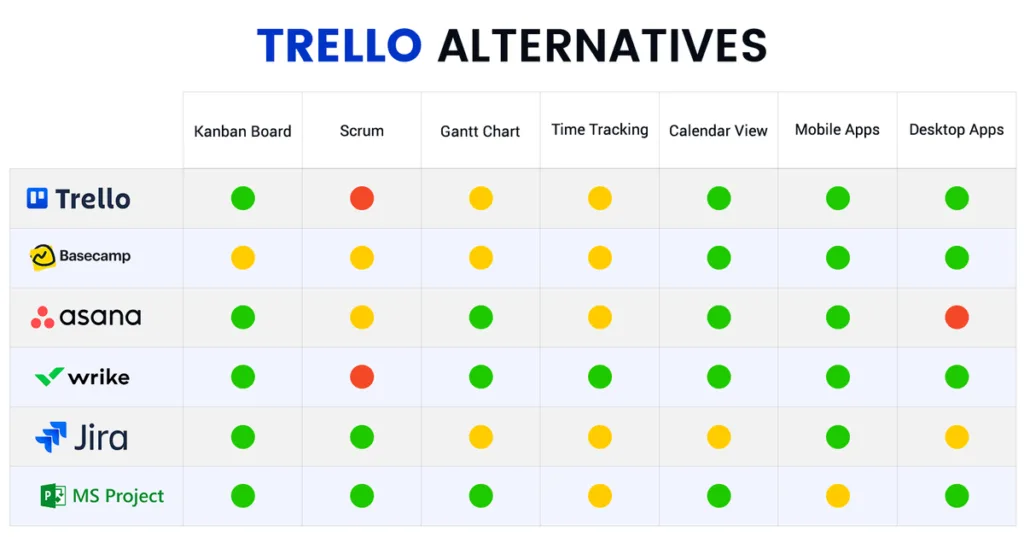
TLDR;
- 47% free cash flow margin proves Atlassian prints money faster than competitors burn it.
- Jira Service Management at $600M ARR (+30% YoY) is Atlassian’s enterprise Trojan horse.
- 1.5M AI Rovo users in one quarter shows AI can drive both stickiness and pricing power.
- Microsoft’s 36% margin vs. Atlassian’s 19% means the bundling war just got more expensive.
- Atlassian owns the “collaborative development” category, but risks losing pieces to specialized players.
- Data Center customers pay premium prices while Atlassian guides them toward higher-LTV Cloud subscriptions.
- Buy ✅ Rating: Recommended for accumulation, particularly on market dips.
TEAM Q3 FY25 Results:
- Revenue: $1.35B (+14% YoY)
- Net Income: $261M (+12.5% YoY)
- Net Margin: 19% (+1.06% YoY)
- Free Cash Flow: $638M (+15% YoY)
- Free Cash Flow Margin: 47%
- Monthly Active Users (MAU): 1.5M
- Cash Position: $3B
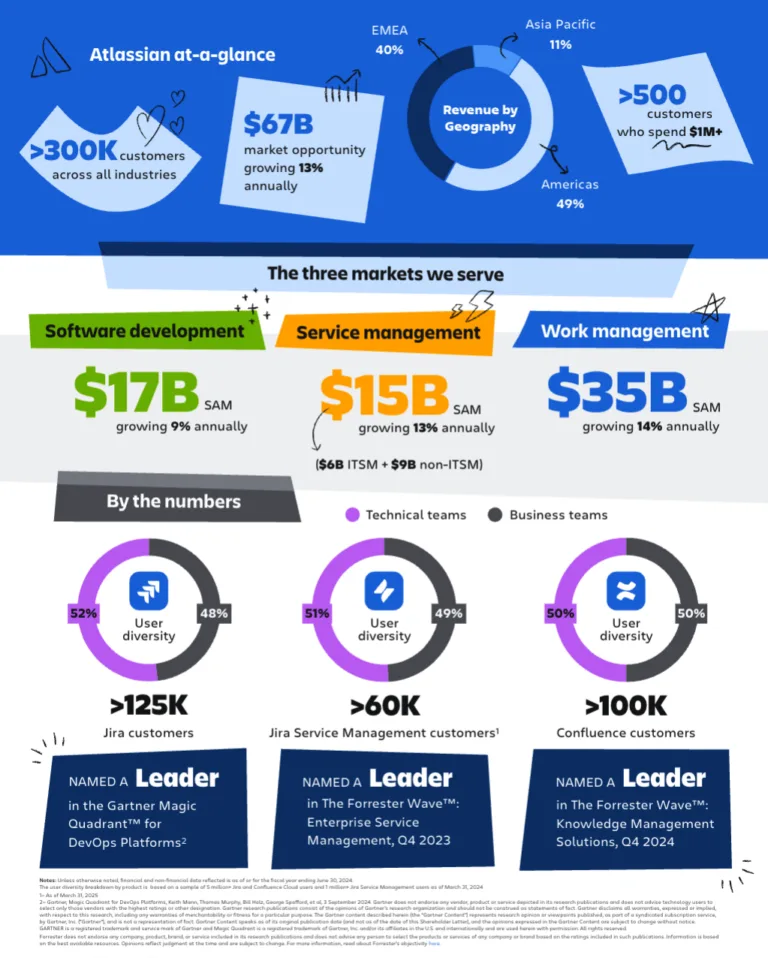
How do they make money?
- Atlassian products help software, IT, and business teams plan, build, operate, and collaborate on work.
- Mission : To unleash the potential of every team
- Core Strategies:
- Product Suite :
- Jira Software – project and issue-tracking backbone for agile development.
- Confluence – workspace for creating and sharing documentation.
- Jira Service Management – IT service-desk and operations platform.
- Bitbucket, Bamboo, Compass – code repository, CI/CD, and developer experience tools.
- Trello – lightweight visual task boards for any team.
- Rovo AI – generative-AI assistants embedded across the suite.
- Marketplace – >5,000 third-party apps that extend core products.
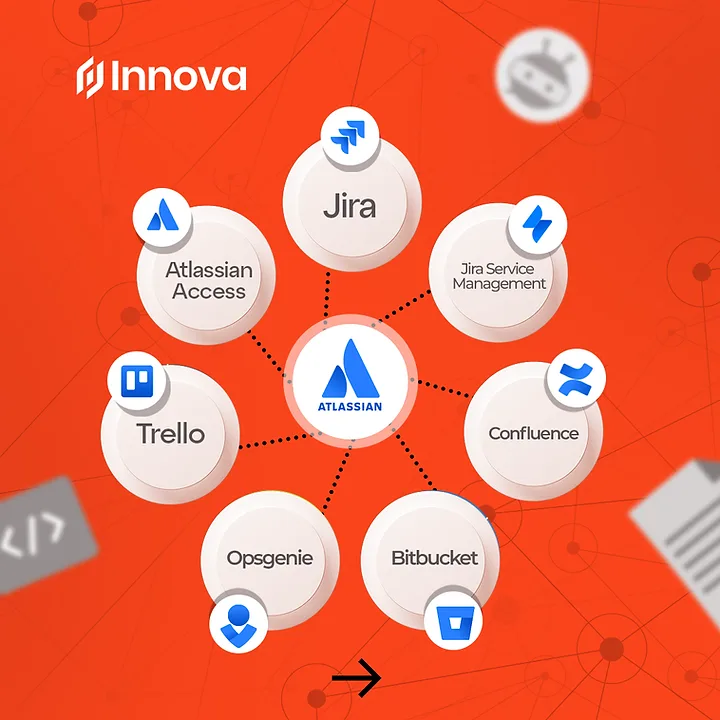
1. Cloud subscriptions
- How it works: Per-user and tier-based SaaS fees for Jira, Confluence, Trello, Jira Service Management, Bitbucket and emerging AI features (Rovo).
- Customers pay monthly or annually.
- Jira Service Management ARR: >$600 M, fastest-growing product (+30% YoY)
- Q3 2025 revenue : $1.27B (+19% YoY)
- Competitive Edge: – Deep product integration on a single platform (Teamwork Graph) lowers admin overhead.
– “Land-and-expand” model—freemium tiers and low-touch sales let seats grow virally.
– Best-in-class price-to-value versus ServiceNow and Monday.com, especially for ITSM.
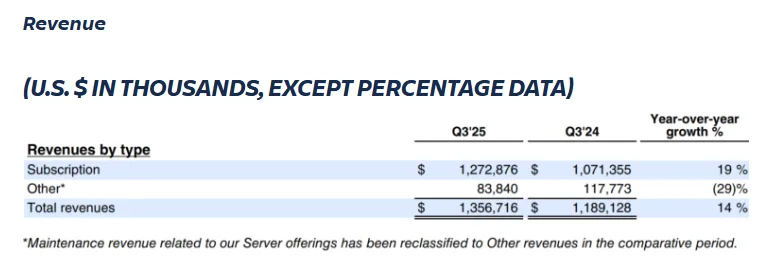
2. Data Center Subscriptions
- How it works: Annual license plus maintenance for self-managed clusters, favored by regulated and very-large enterprises.
- Provides hybrid-path flexibility: customers can run DC while planning phased cloud move.
- Data center customer count : ≈38,000
- Annual term license: Up-front license plus 12-month maintenance & support.
- Q3 2025 revenue : $270M (+7% YoY)
- Competitive Edge: – Hybrid option for customers not yet ready for public cloud.
- Allows upsell to Cloud through migration incentives; keeps competitors (e.g., Micro Focus ALM, Broadcom Rally) from displacing legacy workloads.
- Migration path: Cloud Migration Assistants and dual-licensing credits enable gradual move without double-paying.

3. Marketplace & Other
- How it works: 85% commission on third-party app sales plus training/consulting services.
- Top paid categories: ITSM extensions, Reporting/BI, Automation bots
- Paying customers buying ≥1 app: ≈130,000
- Flywheel: More apps → higher product stickiness → seat expansion → bigger GMV → attracts more developers.
- Q3 2025 revenue : $82M (+5% YoY)
- Competitive Edge: – Two-sided marketplace with >5,300 apps creates lock-in and incremental ARR.
- Low-capital revenue stream (~86% gross margin).
- Low platform tax (5–15%) undercuts Apple, Salesforce, and Microsoft, positioning Marketplace as the best ROI outlet for B2B devs.
Competitor Risk Analysis
- Confluence (team wiki / knowledge base)
- Key competitor : Notion & Microsoft SharePoint Online
- Net profit margin :
- Notion still privately held (loss-making; est. −20%)
- Microsoft FY25 Q3: 36%
- Risks :
- Notion’s viral adoption siphons SMB seats.
- SharePoint remains standard in large Office 365 contracts.
- Tension points :
- Notion’s freemium + AI docs > faster land.
- SharePoint “already paid for” inside E3/E5 bundles.
- Risk of price compression on Confluence Standard.
- Jira Service Management (JSM) (ITSM / ESM)
- Key competitor : ServiceNow & Freshservice (Freshworks)
- Net profit margin :
- ServiceNow FY25 Q2: 18%
- Freshworks FY25 Q1: 7%
- Risks :
- ServiceNow dominates upper-enterprise accounts with deeper ITIL scope.
- Freshservice wins cost-sensitive mid-market.
- Tension points :
- ServiceNow expanding “Creator Workflows” into agile teams.
- Freshservice undercuts JSM pricing by ~40%.
- Rising AI-led ticket deflection narrows JSM differentiation.
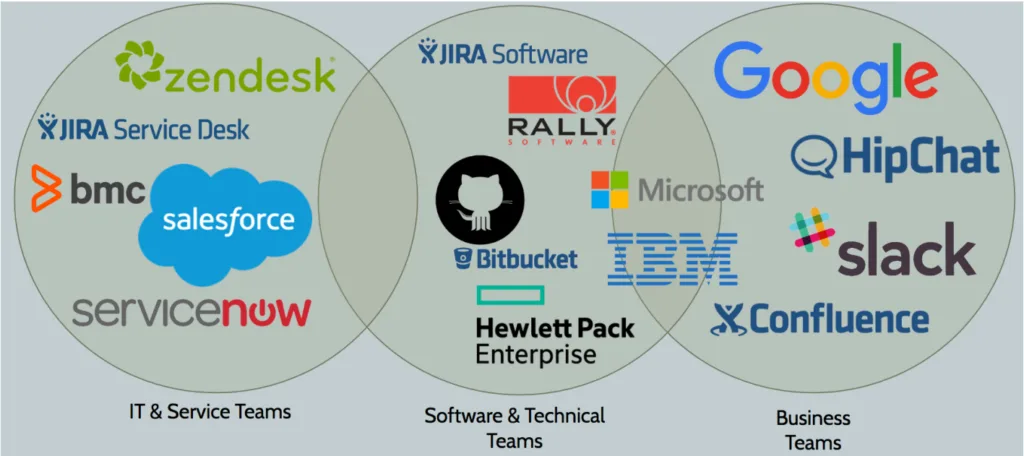
- Bitbucket (git repo & CI/CD)
- Key competitor : GitHub (Microsoft) & GitLab
- Net profit margin :
- Microsoft FY25 Q3: 36%
- GitLab FY25 Q1: −4%
- Risks :
- GitHub’s network effects and Copilot AI make Bitbucket less compelling
- GitLab offers integrated DevSecOps in one SKU.
- Tension points :
- GitHub Actions + Copilot drop developer churn.
- GitLab “one-platform” pitch resonates with security buyers.
- Atlassian must maintain parity on AI code suggestions.
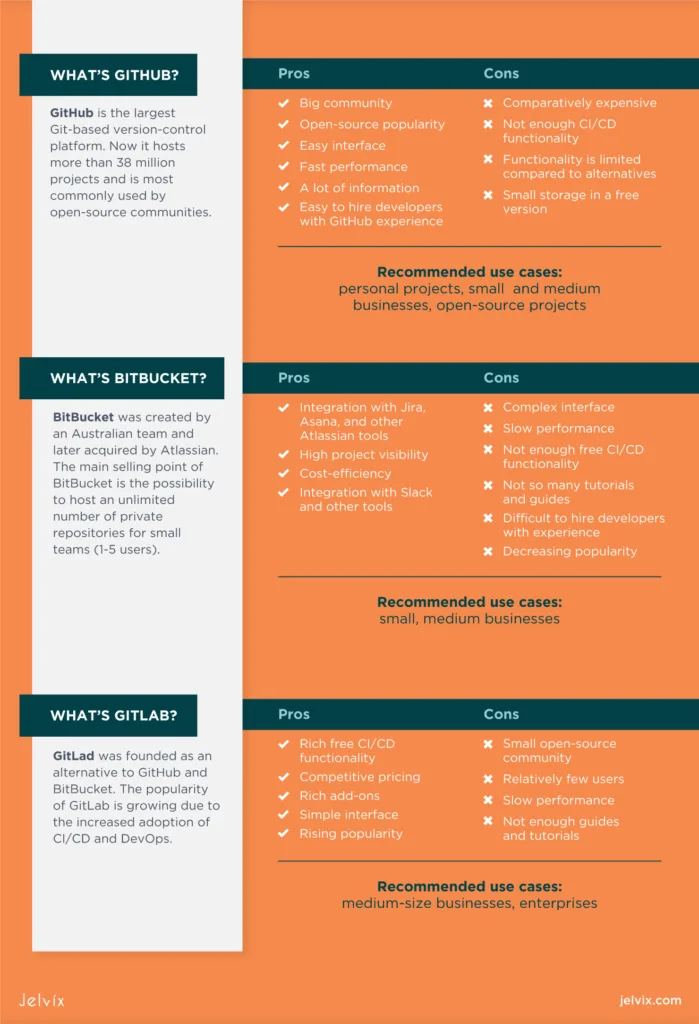
- Trello (visual task boards)
- Key competitor : Monday.com & Asana
- Net profit margin :
- Monday.com FY25 Q1: 9%
- Asana FY25 Q1: −5%
- Risks :
- Monday’s rapid feature velocity and enterprise push threaten Trello’s stickiness.
- Asana’s workflow automation outpaces power-ups.
- Tension points :
- Monday adds portfolio views, edges into Jira Core turf.
- Asana’s AI “work graph” touts smarter dependencies.
- Freemium overlap drives seat churn to rivals’ trials.
